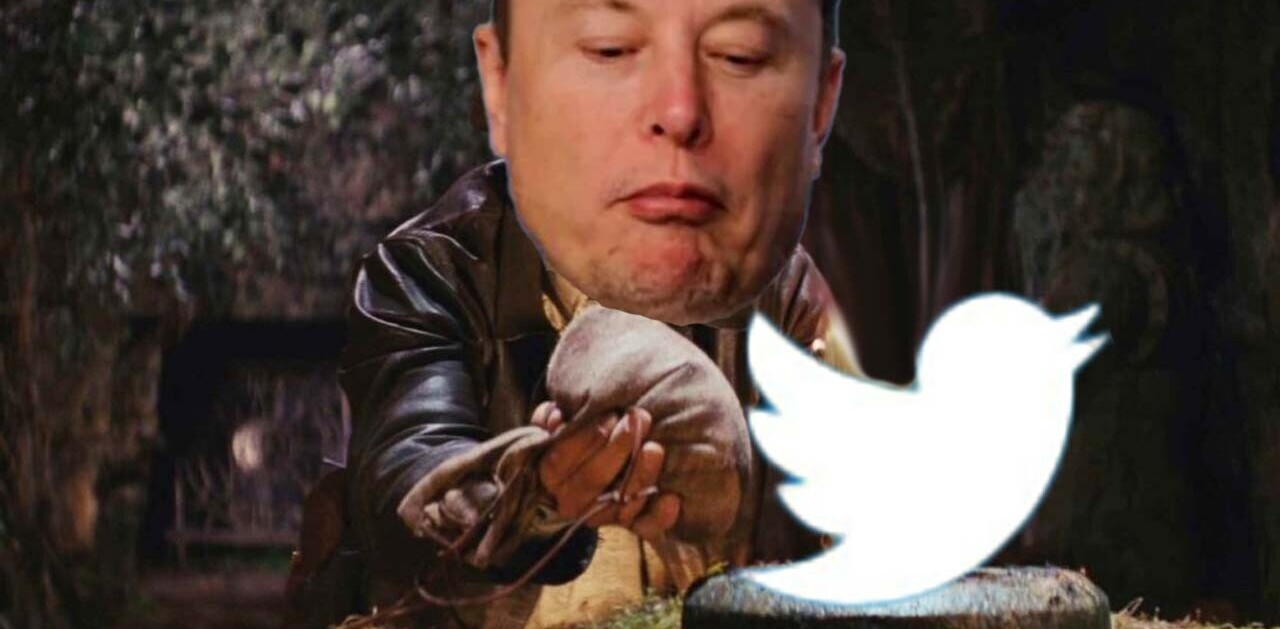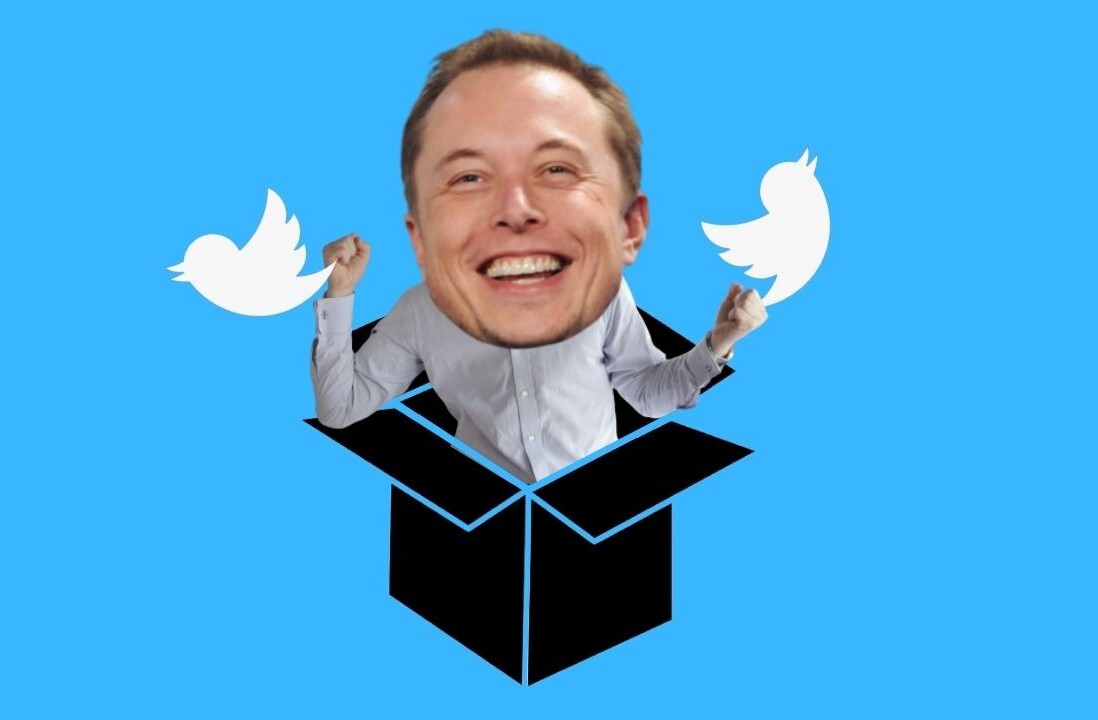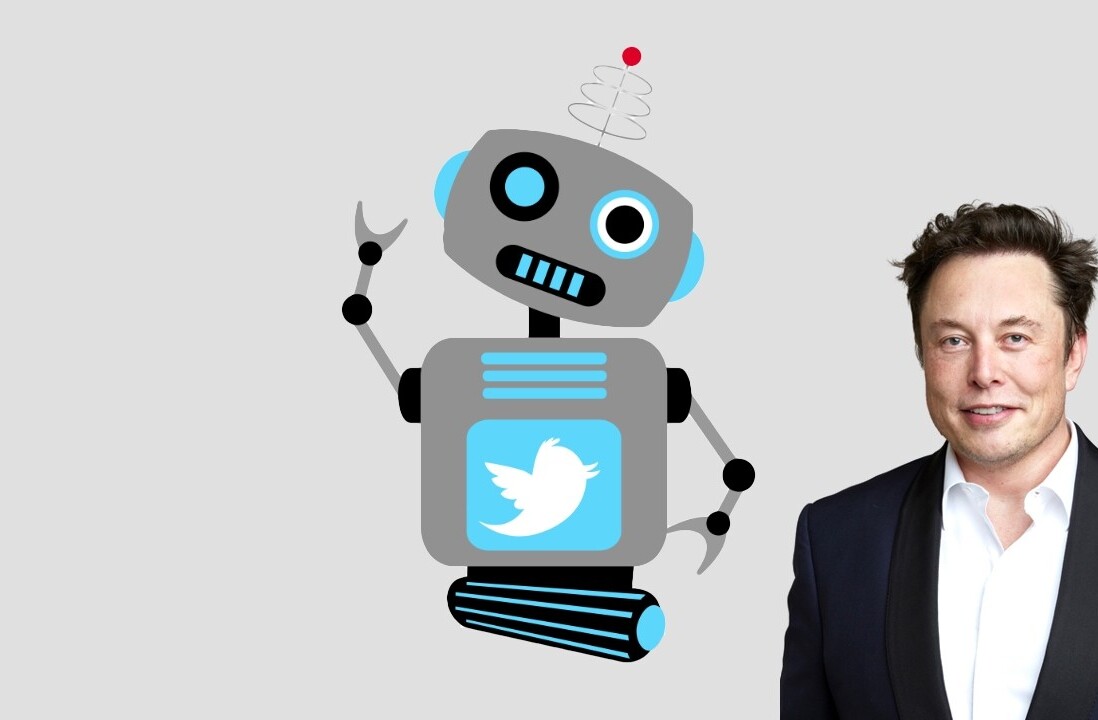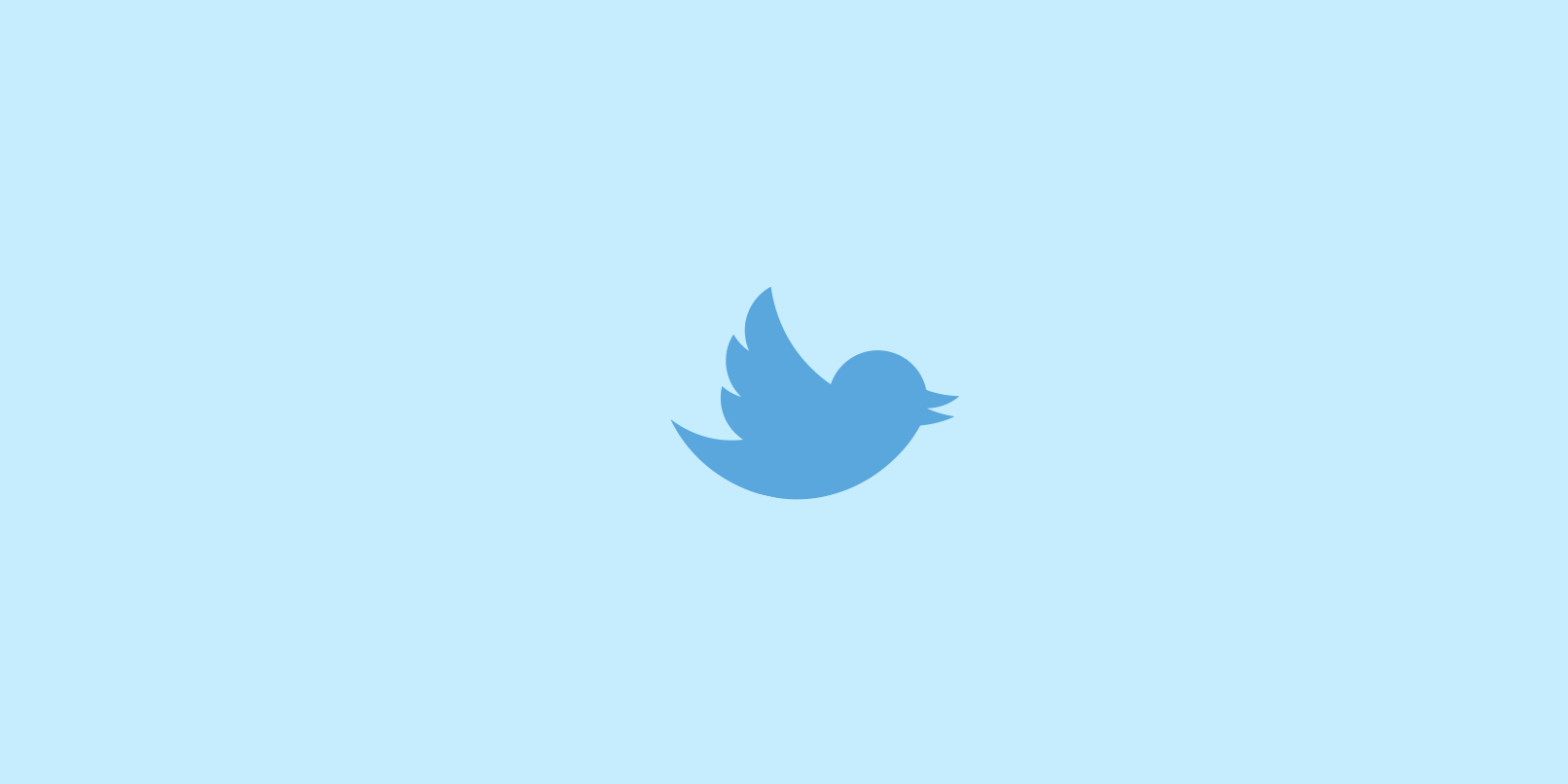
This week, Twitter celebrated more than a decade of existence.
Not many consumer-based social media startups can claim that title, but ten years on the company has amassed more than 350 million active users and sees one billion 140-character thoughts tossed into the abyss every few days.
Over those years Twitter has struggled to find its place in the world – like any startup – and made a number of missteps and miscalculations that helped shape the service to what it is today, for better or for worse.
As Jack Dorsey has taken the helm at the company once again, it seems like Twitter has finally hit its stride. But, it was a tumultuous few years as the fledgling startup tried to figure out where it fit into the world – here’s the story of Twitter’s biggest stumbles.
2006: Hello, world
Twitter is born on March 21, 2006 to three co-founders: Jack Dorsey, Biz Stone and Dick Costolo. The first year is mostly uneventful, as the founders slowly invite their friends onto the service and tweet banalities about their lives.
just setting up my twttr
— jack (@jack) March 21, 2006
checking out twttr
— Ev Williams (@ev) March 21, 2006
First full day as Twitter COO tomorrow. Task #1: undermine CEO, consolidate power.
— dick costolo (@dickc) September 13, 2009
working on iphones via 'hahlo' and 'pocket tweets' – fun!
— Twitter (@Twitter) July 11, 2007
The Washington Post was one of the first news sites to cover the service, and only briefly, calling it the “the ultimate in solipsism” because it just wanted you to tell it what you are doing.
2007: What the hell is a Twitter and the tipping point
As Twitter started getting in front people for the first time, people wondered loudly what Twitter was for, but signed up in droves.
The company shot past 60,000 users and a million messages just one year on from launch in March 2007 – and exploded later that month at SXSW where the company went from 20,000 daily messages to more than 60,000.
2008: Jack takes a step back, Twitter turns down Facebook
Perhaps this could’ve been Twitter’s first mistake – CEO Jack Dorsey stepped down in 2008 with Evan Williams saying that “As Twitter grows both internally and externally, we took a good look at our path forward and saw the need for a focused approach from a single leader.”
Dorsey was to stay onboard as Chairman and remain at the company to make ‘strategic’ decisions.
That same year Twitter turned down a reported $500 million offer from Facebook to acquire the service that it “took seriously” but ultimately decided wasn’t best. What’s amazing about this point in the social network’s history is that Twitter hadn’t made a dollar back yet.
The same article quotes Ev Williams as saying that Twitter gets constant calls from companies wanting to advertise on the service but it “plans to avoid making money from ads.”
By the end of the year Dorsey was fired by the board.
He reportedly became erratic and focussed his time on hobbies like sewing, drawing classes and didn’t communicate with investors, as well as having arguments with Williams constantly – so was let go, to avoid him becoming a liability.
2009: Year of the fail whale
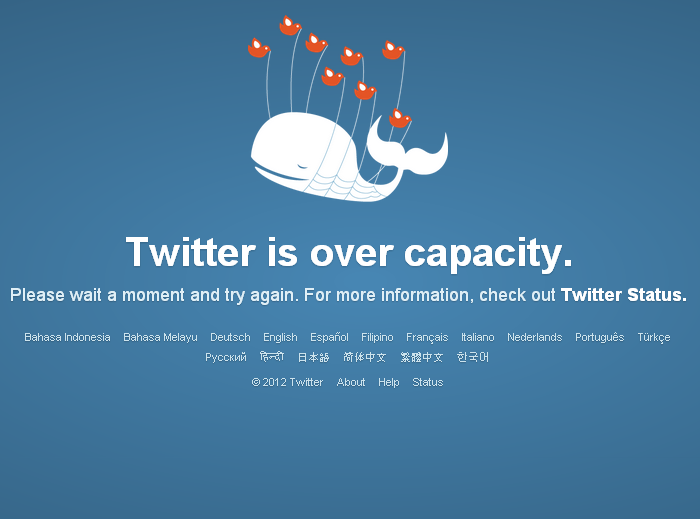
In 2009 Twitter was clearly struggling with its astronomic growth – it wasn’t ready for so many users.
The fail whale graphic that indicated the service is down was a regular occurrence by this point, but the company had good reason: it grew from just 475,000 visitors to 7 million in just twelve months.
In late 2009 Twitter suffered from one of its longest sustained outages when a distributed denial of service attack took it down for hours on end.
Twitter was becoming core to the way companies communicated with customers and visitors, with WIRED writing:
“An extended outage could have an impact on the spread of information — videos, music, and articles like this one — to say nothing of a growing number of businesses which depend on the service.”
2010: Cross-site scripting attack hits Twitter
Twitter’s users figured out that the service wasn’t sufficiently protected from cross-site scripting attacks and that JavaScript could be embedded within a tweet and executed.
Within moments users were using a function called ‘onMouseOver’ to trigger attacks on each other, including redirecting to pornography sites automatically and filling the screen with pop-up boxes.
The company fixed it quickly, but it was an amateur mistake that spread quickly across the service. Since then, it’s successfully protected itself against such attacks.
2011: Twitter severs ties with Google, cuts off access
The beginning of Twitter’s hostile attitude toward other platforms accessing its data started in 2011 when a deal between the company and Google expired, making all tweets and other information disappear from search engines entirely.
That deal was only signed a year prior and Google had expected it would be renewed.
Ultimately, Twitter did this so that it could restrict access to its unfettered archive to services like Topsy and force people to its own on-site search engine.
These moves were the beginnings of a long series of dramas involving Twitter locking down its platform and restricting where its valuable information could be used.
2012: Killing third party developers’ access
One of Twitter’s biggest moments of turmoil came in 2012 when it did a sudden about-face and told developers they were no longer allowed to build apps that replicated the company’s timeline – if they did, they’d be cut off.
The move was to “deliver a consistent Twitter experience” but it ultimately alienated the developers that made the platform what it is.
It was in pursuit of the same ‘walled garden’ Facebook had built, which meant no app was allowed to replicate the company’s experience or try and replace its core service.
One of the first moves it made as a result was closing down LinkedIn’s access so users couldn’t post directly to the service anymore. Then Instagram’s ‘find friends’ feature followed, as well as Tumblr’s.
Ultimately Twitter’s rules impacted third-party developers on a massive scale. Falcon Pro and Tweetro, popular alternative clients, struggled to get enough API tokens to let users take advantage of their apps. IFTTT disabled its Twitter integration. StockTwits abandoned the service entirely. Twitpic died when it was cut off.
The turmoil that followed haunts Twitter to this day, with developers hesitant to trust the company and build apps for fear they’ll be randomly cut off when the social network changes its mind.
2013: Blue lines, blocking
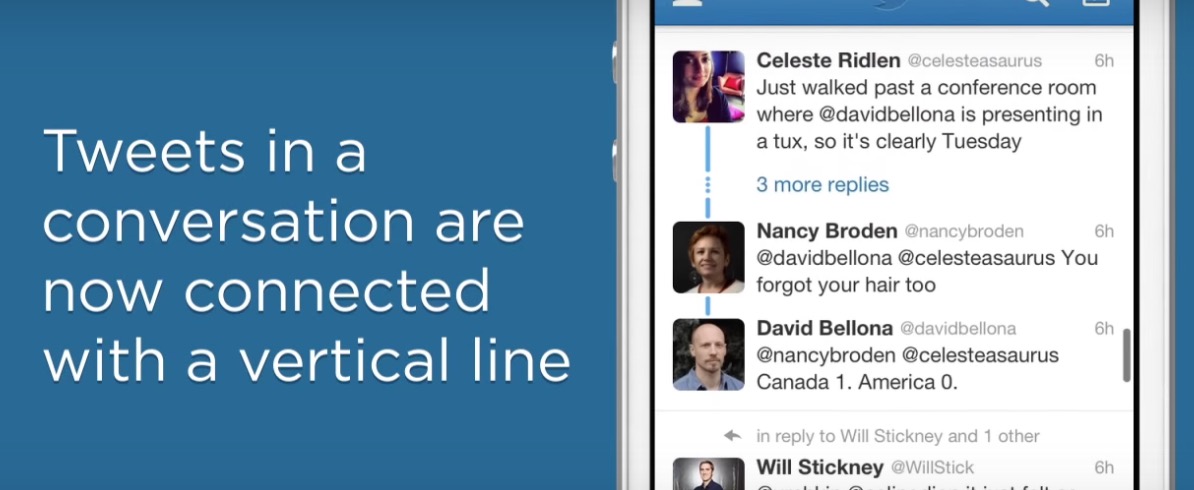
One of the first major changes to Twitter’s timeline in a number of years was delivered in 2013 when the social network added the infamous ‘blue conversation lines’ which were an attempt to help tie together conversations.
The feature was supposed to encourage new users to use the service more by helping them tie together the mess of conversations. Lots of people loved the feature, but a lot hated it, with it making global headlines for days.
Ultimately Twitter’s blue lines were pared back slightly to make it less disruptive, but it grew to be a change that people actually liked.
An even more controversial change came in December, when the company overhauled what ‘block’ meant on the service. Instead of allowing you to stop someone from following your account entirely by blocking them, it only muted them from your timeline.
The change allowed abusive users to keep following people they were attacking, with the abuse instead going ignored rather than discouraging them from actively engaging at all.
There was a huge backlash to the change, with users saying that the change was “like a home security system that instead of keeping people out puts a blindfold on YOU when they come in.”
Twitter eventually went back on the blocking change, still maintaining that it was in the right and the rollback was “not ideal” because “users worry just as much about post-blocking retaliation.”
A year later it introduced better tools for dealing with trolls.
2014: Ads endorsing brands, first rumbles of algorithmic timelines
The first hint of an algorithmic timeline replacing the main, unfiltered one on Twitter came in 2014, when the company’s CFO, Anthony Noto, said that “Twitter’s timeline is organized in reverse chronological order… but this “isn’t the most relevant experience for a user.”
Die-hard Twitter fans were upset by the idea of an algorithmic timeline, but it ultimately didn’t surface at this point.
It did, however, start aggressively experimenting with new ideas like surfacing people’s favorites in each other’s timelines and injecting sponsored listings into who you followed on the service.
The company’s CEO at the time, co-founder Dick Costolo, started to come under a lot of pressure in late 2014 for selling a significant portion of shares. One investor said “As the CEO, how do you look the employees in the eye when you are busy grabbing a lifeboat?”
Perhaps the best mix up of 2014 was, however, when the company’s CFO accidentally outed a potential acquisition by tweeting a direct message publicly.
2015: Autoplaying video harms users, the company tries to win back developers
Twitter’s internal issues, investor pressures and other problems came to a head in 2015 when Costolo stepped down in June, resigning from the company and leaving it adrift without a CEO.
Costolo said on his final investor call that “I felt like the scrutiny of the company would intensify if I remained CEO while the search process was ongoing.
The search for his replacement went on for over four months with co-founder and Square CEO Jack Dorsey serving for both companies in the interim, before being named permanent CEO and sharing his responsibilities permanently.
With Dorsey at the helm Twitter made a new, aggressive push to deliver features that would appease investors at a high rate.
In just a matter of months, the company replaced favorites with hearts, mulled increasing the character limit to 10,000, shuffled its board and delivered Moments, its long-anticipated way to keep up with stories.
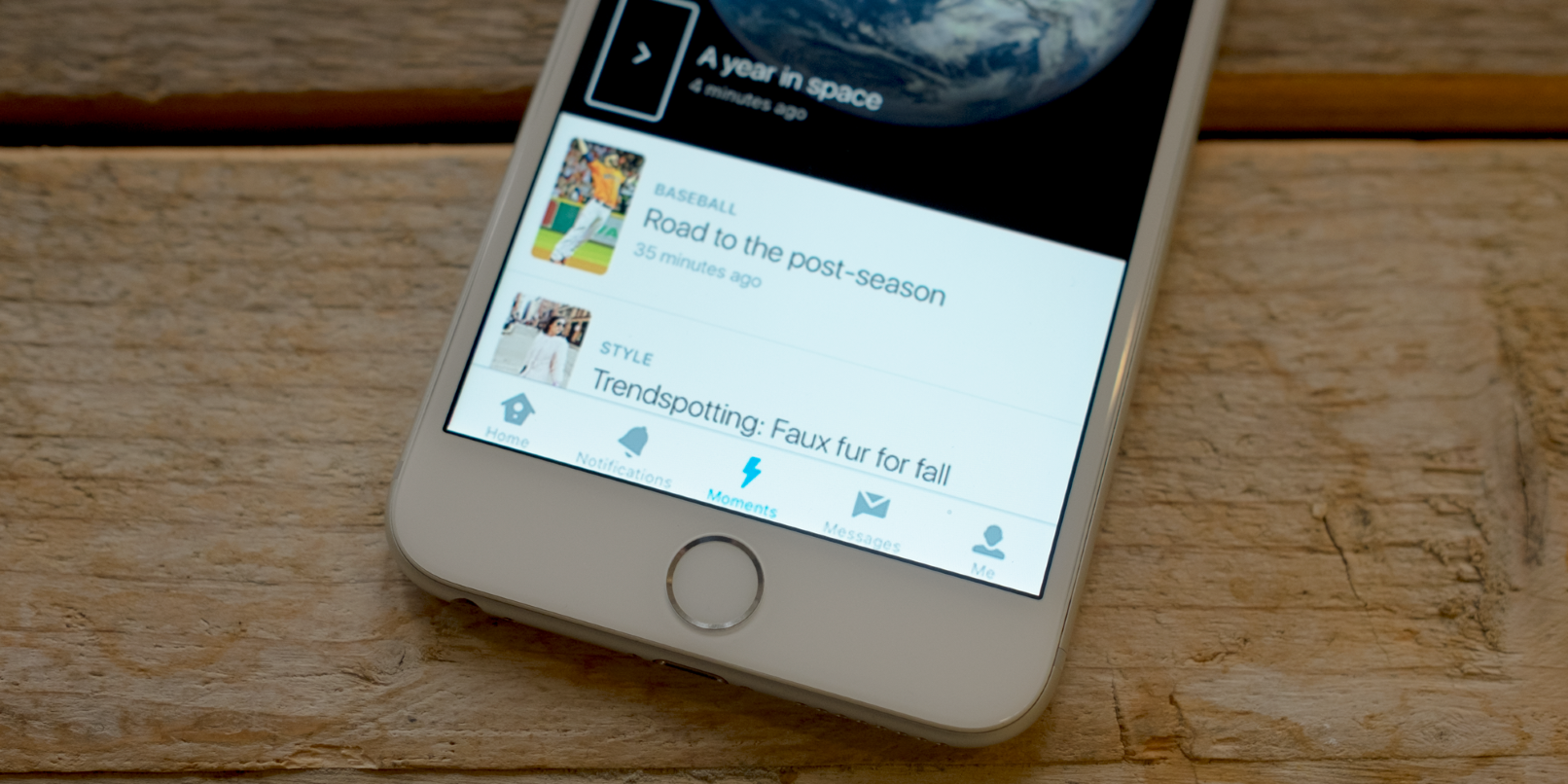
Newly in the CEO seat, Dorsey also set out to win back developers after years of pushing them away. The company released a series of new APIs aimed at coaxing them back, with Dorsey starting with an apology:
“We want to reset our relationship, and we want to make sure that we are learning, that we are listening, and that we are rebooting. […] It’s not going to happen overnight, but I commit to you that we will make the right decisions and serve this community in the right way,”
One of the hardest decisions Dorsey needed to make came just a month into his new job: the company laid off 8 percent of its employees to “reinvest” in its growth and focus on what’s important.
The year wasn’t without major turmoil for its users, however, with the company’s autoplaying video advertising coming back to hurt the service.
When Bryce Williams murdered two reporters on-air in Virginia, the first-person view of the killing filled timelines rapidly and was shown to people who just happened to be scrolling past.
Twitter, to its credit, rapidly removed the videos as it could, but it was too late and showed the dangers of autoplaying video when an attack or disaster occurs.
The company also was at the center of debate again when in late 2015 it emerged that it was struggling with diversity and didn’t have any managers, directors or VPs of color in both engineering and product management.
Twitter engineer Leslie Miley wrote on Medium after leaving the firm that it was a struggle to argue for diverse hires and that “Twitter’s issues with growth and engagement and the issues with internal diversity are somewhat related.”
In December the company hired a head of diversity from Apple in an attempt to address the issue.
2016: A fresh start
This year’s only just starting, but it’s already seen a few fundamental changes on the platform for Twitter.
It’s made a concerted effort to get more companies to embrace social media for customer support and in February, the company finally launched the algorithmic timeline after it was rumored for more than two years.
The new timeline, which can be switched off if users please, helps surface interesting tweets you’ve missed and has been received with overwhelming positivity.
It’s one of many ways that the social network is trying to win back new users – and after all the problems over the years it might just work.
Having been on Twitter since 2008, I was starting to worry in 2014 about how the service would fare as it seemed to continually stumble and alienate its core users.
When Jack Dorsey came onboard in 2015, that worry abated – the company appears to be making the right decisions, even if they’re hard, to ensure it’s around for the long term.
For the first time in a while, I’m excited about what the company’s doing again and can’t wait to see what’s next.
Get the TNW newsletter
Get the most important tech news in your inbox each week.
